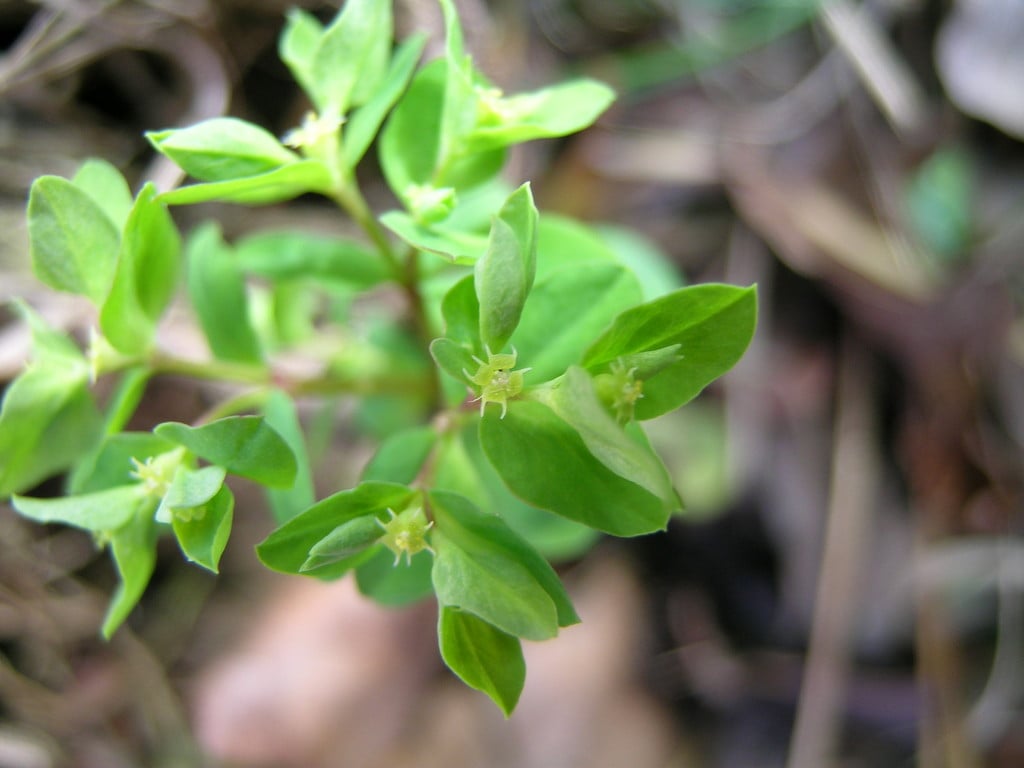Not the plant you're looking for? Search over 300,000 plants
Annual Biennial
Size
Ultimate height
0.1–0.5 metresTime to ultimate height
1 yearUltimate spread
0–0.1 metreGrowing conditions
Chalk
Clay
Loam
Sand
Moisture
Moist but well–drained, Well–drainedpH
Acid, Alkaline, NeutralColour & scent
| Stem | Flower | Foliage | Fruit | |
| Spring | Green | Green | ||
|---|---|---|---|---|
| Summer | Green | Green | ||
| Autumn | Green | Green | ||
| Winter |
Position
- Full sun
- Partial shade
Aspect
East–facing or North–facing or South–facing or West–facing
Exposure
Exposed or ShelteredDrought resistance
Yes Hardiness
H5Botanical details
- Family
- Euphorbiaceae
- Native to GB / Ireland
- Yes
- Foliage
- Deciduous
- Habit
- Columnar upright
- Potentially harmful
- Humans/Pets: IRRITANT to skin/eye, harmful if eaten. Wear gloves and other protective equipment when handling. For further information and contact numbers regarding pets, see the HTA guide to potentially harmful plants
- Genus
Euphorbia can be annuals, perennials, shrubs or succulents, with milky sap and small flowers held within cupped, often colourful bracts
- Name status
Correct
- Plant range
- Europe & Temp. Asia
How to grow
Cultivation
Prefers a well-drained soil in full sun but will tolerate moist soils and shady conditions. Readily self-seeds so remove plants before flowers set seed to limit spread. See Euphorbia for further advice
Propagation
Propagate by seed
Suggested planting locations and garden types
- City and courtyard gardens
- Cottage and informal garden
- Wildlife gardens
- Flower borders and beds
Pruning
No pruning required
Pests
Generally pest-free
Diseases
Gnerally disease-free
Get involved
The Royal Horticultural Society is the UK’s leading gardening charity. We aim to enrich everyone’s life through plants, and make the UK a greener and more beautiful place.
